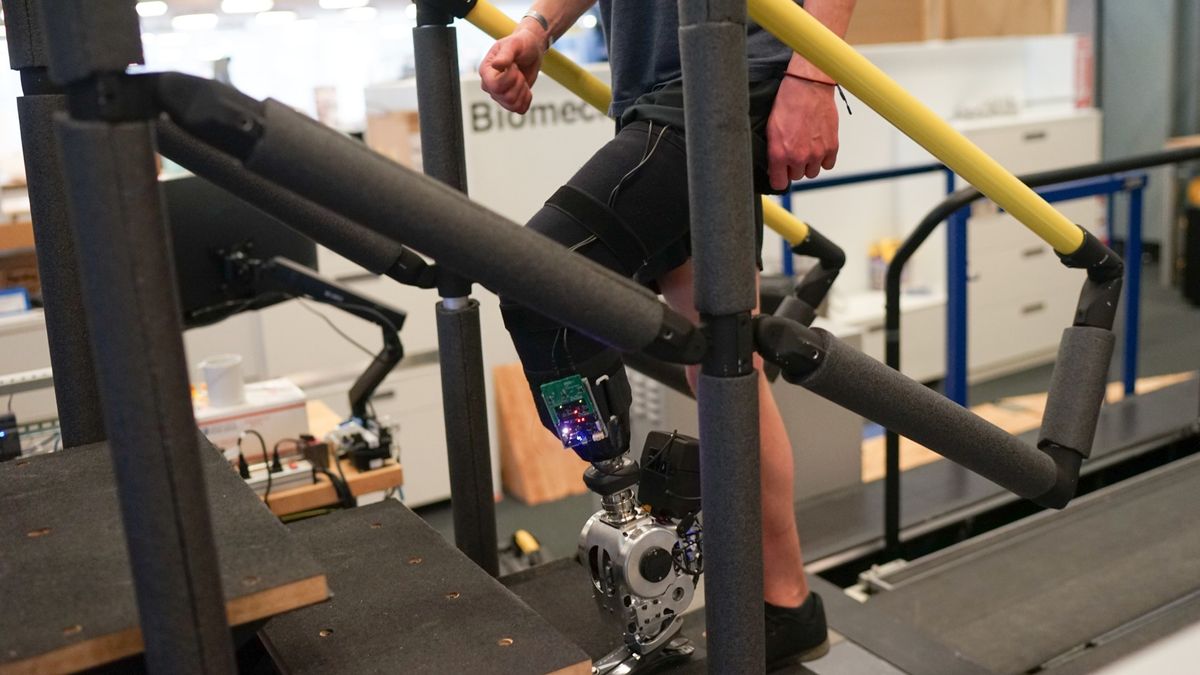A nationwide staffing shortage also has left the District with fewer culturally competent professionals to screen, test and treat residents at a time when they are facing more barriers to accessing care, such as increased homelessness, they said.
“If you don’t know where you’re going to lay your head every night you’re not really worried about whether you got your HIV test,” said Clover Barnes, senior deputy director for D.C. Health’s HIV/AIDS, Hepatitis, STD and TB Administration.
New cases of HIV are down slightly from last year and part of an overall downward trend since a peak in cases nearly two decades ago. Following a national trend, syphilis cases among women and their babies were up in 2022 but evidence suggests the tide may turn, District public health experts say.
“The pandemic had an immense impact on the availability, accessibility, and utilization of disease screening, prevention, and care services, which still have not returned to pre-pandemic levels. Care seeking behaviors, especially those surrounding preventive measures are still lagging,” the report says.
Public health officials say they are trying to be creative about boosting access to care — especially for Black residents, who are disproportionately affected — by meeting people where they are, showing up at events and recruiting artists to share messages about prevention and treatment.
That has been challenging as the District’s federally qualified health centers and community-based organizations have confronted a nationwide staffing shortfall, Barnes said, dampening the District’s efforts to recruit culturally sensitive public health workers.
“We don’t have the same capacity we had prior to covid,” she said in an interview Thursday.
Less testing leads to more cases, she said, pointing to new HIV diagnoses, which are trending downward over time. There were 210 new HIV diagnoses in 2022, down from 224 new diagnoses in 2021, and 274 in 2019 before the coronavirus disrupted care for many, despite strides since the 2007 peak of 1,374 cases, the Annual Epidemiology & Surveillance Report found.
About 1.7 percent of the D.C. population, or 11,747 people, are living with HIV. Black people account for about 44 percent of the population but about 70 percent of HIV cases, the report shows.
The Centers for Disease Control and Prevention set goals for dozens of cities, including D.C. — which should have fewer than 21 new HIV diagnoses per year by 2030, although Barnes said the numbers may be revised.
Although the District hasn’t reported any babies born with HIV since 2019, cases of syphilis in babies were on the rise in 2022, alongside an overall uptick in syphilis cases, according to the report. Three in five people diagnosed with syphilis in 2022 were Black, data show, as numbers ticked up 10 percent, from 692 in 2021 to 761 in 2022.
Barnes said preliminary 2023 numbers of congenital syphilis, which increased to 12 in 2022 from 3 in 2019, showed improvement as focus shifted to better understanding the needs of women with the infection, which is linked to substance abuse.
Doctors are encouraged to test at-risk women throughout their pregnancy, but Barnes said sometimes a woman might only get screened in the third trimester, making effective treatment more difficult. That’s if they have access to prenatal care at all. Public health officials have also worked with community health providers and improved treatment of men who may have passed the infection to female partners, she said.
Public health officials in 2022 experimented with new ways to spread hopeful messages and practical information.
For World AIDS Day, a celebration featured residents who have been living full lives with HIV — for up to 40 years in some cases — and recruited go-go bands to talk on social media about the importance of knowing one’s HIV status. Public health workers also brought services to Black Pride and Capital Pride events.
Agencies have tried to make tests more accessible with walk-in LabCorp options, embedding city workers at Whitman-Walker Health and George Washington University Hospital clinics as well as providing free HIV and STI tests, which started during the pandemic but remain popular, with thousands of requests monthly, Barnes said.
Test takers scan a QR code to see their HIV results. If they test negative they will see methods for maintaining their status, such as PrEP, or pre-exposure prophylaxis, the once-a-day pill that protects against HIV infection; a positive test will display resources for help and treatment.
Officials said the District is also having success with a federally funded pilot program for up to eight residents on PrEP, which pays for their housing for one year while they go through intensive case management and employment training with a goal of living independently. Officials are studying ways to expand the program from men who have sex with men to transgender women, Barnes said.

Dr. Debi Johnson is a medical expert and health journalist dedicated to promoting well-being. With a background in medicine, she offers evidence-based insights into health trends and wellness practices. Beyond her reporting, Dr. Debi enjoys hiking, yoga, and empowering others to lead healthier lives.








